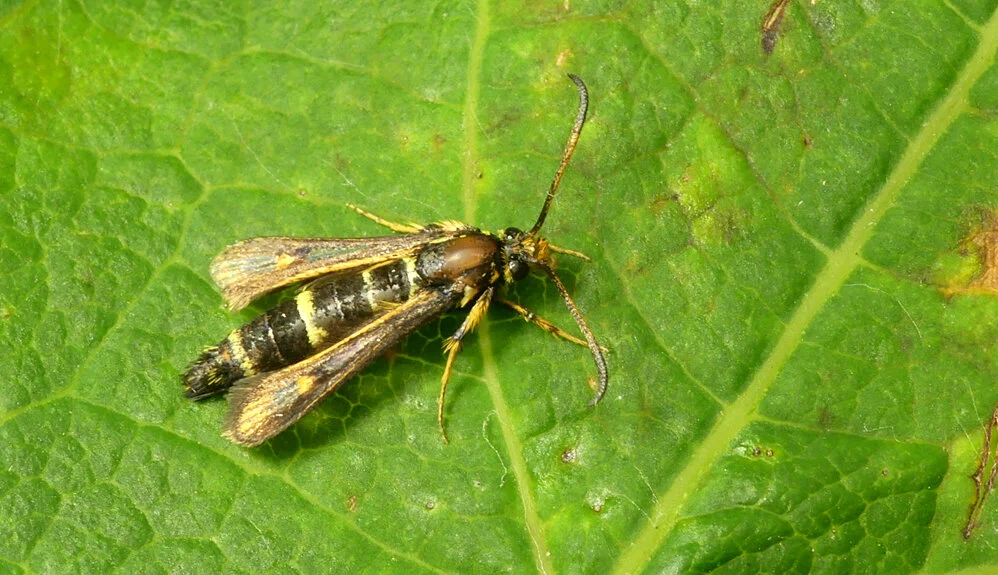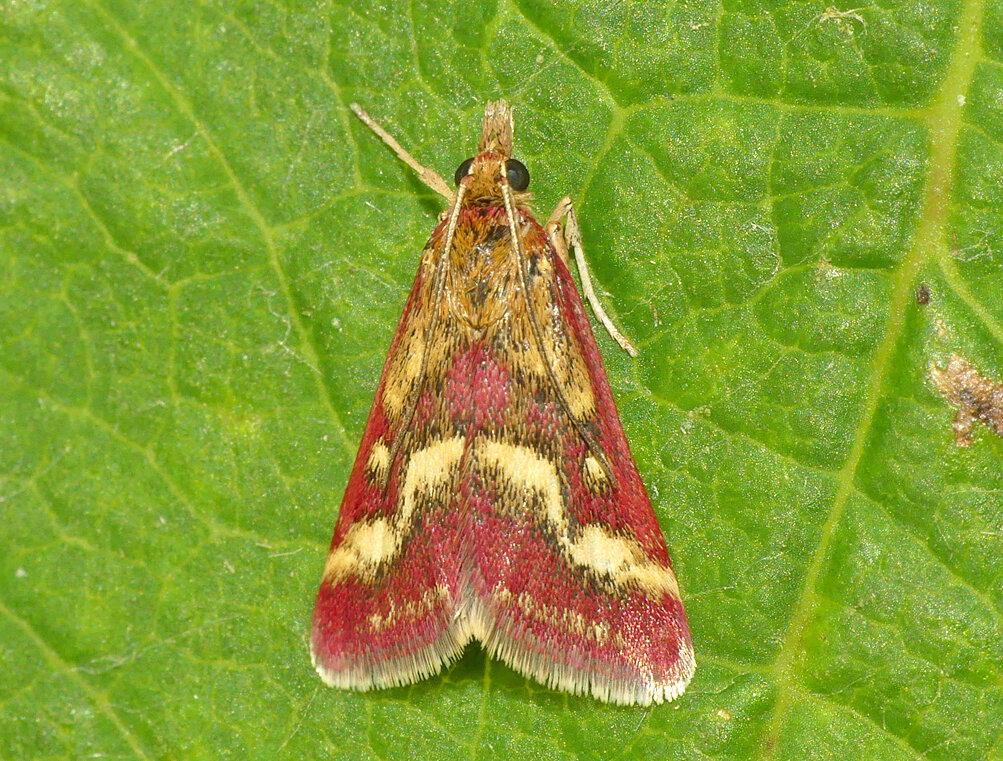July 2021
/Short-eared Owl - 10 Jul 21
Short-eared Owls are generally a passage migrant through Guernsey and so when a pair settled at **redacted** and stayed into the summer it was very unexpected. And it was even more unexpected to learn that they had bred and produced chicks - the first ever breeding record for Guernsey. This wasn’t even on our radar. In the UK we tend to think of SEOs breeding on remote moorland or perhaps extensive coastal marshland but this site was not at all like this. However, SEOs apparently can nest in many habitats so long as there is a reliable food supply. We managed to keep the breeding site quite secret from the public to avoid disturbance and I will continue to do so in case they return next year.
I visited to location on 10th July and had some excellent views of both the adult birds - they did not seem at all worried about the presence of humans and came very close on occasion. It was a pity that I chose a dull cloudy evening to visit or the photos would have been even better. I could not see the chicks at all but in the photo below when it was flying directly overhead, the bird was calling.
Short-eared Owl - 10 Jul 21
Short-eared Owl - 10 Jul 21
Short-eared Owl - 10 Jul 21
Short-eared Owl - 10 Jul 21
During the first half of the month, the main interest was the gathering of the shearwaters off Pleinmont which tends to peak during July. They are often too far off to be certain of ID but they could be observed passing the headland quite close from the scramble track tower car park. Here it was obvious that they were almost all Balearic Shearwaters. There has been confusion about the ID of the shearwaters off Guernsey but from my own observations, I would speculate that, when the shearwater flocks start building up in May they are nearly all Manx Shearwaters, because the Balearics will be in the middle of their breeding season and are probably all still in the Med. As the June progresses, the Manx will have mostly departed to their breeding colonies further north whilst the Balearics will have finished breeding and started to head into the Atlantic. By July, the Manx will be at their nesting colonies, whilst the adult Balearics will have reached our waters to moult (almost all the birds are really scruffy here). Of course there will be non-breeders and failed breeders of both species mixed in but the general pattern should be all Manx at first with a gradual change to mostly Balearic by summer.
It wasn’t until the final week of the month that new birds started to be seen as migrants started to move south again. The best bird was a stunning pale Honey Buzzard that appeared over the garden on 26th. It was so low, being mobbed by crows, that I initially dismissed it as one of the pale Common Buzzards that is often seen. However, I noted that it had full carpal patches rather than ‘comma’ marks and I realised that it was a Honey and was able to see it really well just with the naked eye. It disappeared behind the houses but I picked it up a few minutes later after it had gained height and was circling above the estate. I was able to take a couple of record shots but its a pity I didn’t have my camera to hand before.
Honey Buzzard - over garden, 26 Jul 21
Honey Buzzard - over garden, 26 Jul 21
On the same day a few waders arrived on the patch with the first Common Sandpiper and Whimbrel seen and, more surprisingly, a very early Snipe flushed from the coastal grass at Pulias. My first Wheatear was at Pleinmont on 27th.
July is of course one of the top months for insects and I did find some real cracking things in the few times I was able to get out. The top sighting for me was whilst scanning for shearwaters at Pleinmont, and a very quick Swallowtail butterfly shot past me. I searched around for a while, along with Andy S who was nearby, and eventually spotted it on the edge of the scramble track where it seemed to land. We scrambled across and got excellent views as it flew around the area. Swallowtails have always been rare but been almost absent on Guernsey recently, despite them seemingly colonising Jersey. However this summer there has been a few records. I have only ever seen one Swallowtail here before which flew over my head whilst walking on Herm a long time ago.
Swallowtail - PleinMONT, 18 Jul 21
Swallowtail - PleinMONT, 18 Jul 21
Swallowtail - PleinMONT, 18 Jul 21
The moth trap in the garden also came up trumps especially because we had a short period of scorchio weather in the second half of the month. On the night of 19th it was warm and sticky and there were at least 105 species recorded the next morning. There were a few rarely recorded species such as Langmaid’s Yellow Underwing, Bright Wave, Dingy Shears, Brown-veined Wainscot and Sycamore, but top billing went to the fabulous Feline or (much more sensible name) Lesser Puss Moth, a new species for me and with only a few previous island records. It is very similar to the standard Puss Moth which is apparently relatively common in the UK but does not occur on Guernsey. So this is the first puss moth of any kind I have seen. With its intricate pencil-markings on the paper-white wings, and its woolly leg-warmers sticking out front, it is very distinctive.
Lesser Puss Moth or Feline - garden, 19 Jul 21
Lesser Puss Moth or Feline - garden, 19 Jul 21
Lesser Puss Moth or Feline - garden, 19 Jul 21
Lesser Puss Moth or Feline - garden, 19 Jul 21 - note the thick dark line along the abdomen, lacking in puss moth
Two nights later on 21st it was even hotter and the trap was just as full and 98 species recorded (over the two nights of 19th and 21st, 137 different moth species were trapped). One highlight from this selection was an Acrobasis repandana, the first I’ve recorded since an influx of a few in 2006 (?). The best though was another new species for me, the Ringed Border, a moth that I have been looking out for since it is increasing its range northwards through Europe year on year. A second proper rarity in two nights trapping, its a pity that I didn’t manage a proper pic of this.
Ringed Border - garden, 21 Jul 21
Ringed Border - garden, 21 Jul 21
During 21st July a few local entomologists went on an “expedition” to Herm Island mainly to search for rare species on the dunes of Herm Common. Excellently for the insects, but more troublesome for the humans, we chose an absolute roasting day to be out in the open - it was a real struggle to cope in the temperatures. However, it was a very successful day and I recorded ten new species of invertebrates, mostly in a small 100 yard stretch of grassland. Compared to birders who generally want to cover as much ground as possible, entomologists move very, very, very slowly!
Herm harbour - 21 Jul 21 - a bit warm!
When we got to the Thyme-covered dunes of the common, we could see that the hot weather had really brought out the insects in force. There were thousands of small hoverflies everywhere of multiple species. I didn’t pay much attention to these but one of the larger ones turned out to be Eristalinus aeneus, the less common of the spotty-eyed hovers. Dune Bee-flies (Villa modesta) were also very common here, much more common than they are on Guernsey. Also visible and flushed at almost every step were moths. There were hundreds of Pyrausta ostrinalis - so common on Herm, but not really any records from Guernsey. There were also Pyrausta despicata and we found a few of the black-and-cream coloured Pyrausta cingulata. Other habitat specialist lepidoptera seen were plenty of Acleris aspersana, a few Small Heath, Eulamprotes wilkella which I’ve only seen once before, and a tiny brown jobby turned out to be Chionodes distinctella which was the exact opposite of distinct and a new species for me. The best moth though was a tiny Six-belted Clearwing. I pounced on it when I saw it resting on a bit of sand and it was successful mimicry since I caught it thinking it was a little wasp. Only a couple of records for Guernsey, this species feeds on Bird’s-foot Trefoil which is a common plant here, so must be present in very small numbers. Another new species for me. The other new species for me were two bugs, a spider, two wasps, a bee and a robberfly - not a bad haul.
Six-belted Clearwing - Herm Common, 21 Jul 21 - it’s a bit worn so there are a couple of belts missing!
Six-belted Clearwing - Herm Common, 21 Jul 21
Pyrausta ostrinalis - Herm Common, 21 Jul 21
Pyrausta cingulata - Herm Common, 21 Jul 21
Eulamprotes wilkella - Herm Common, 21 Jul 21
Sitticus saltator - Herm Common, 21 Jul 21
Andrena fuscipes (Heather Mining Bee) - Jerbourg, 28 Jul 21
Pencilled Cranesbill - Calais, 28 Jul 21
Honeysuckle - Pleinmont, 27 Jul 21
Sunbeams off Pleinmont



























